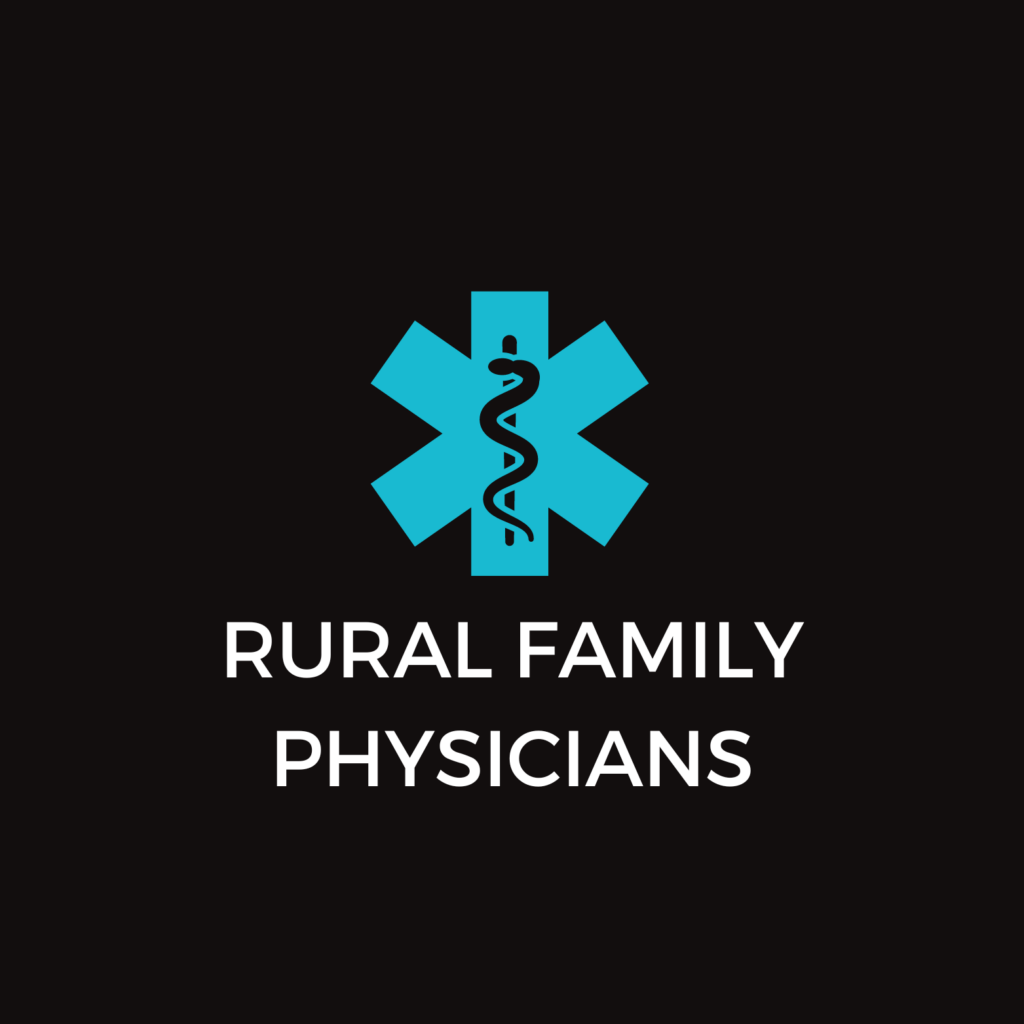Two weeks ago during the Forum an attendee asked me “how are we going to do all of this and still have time to see the patient?” We both nervously laughed and said “well that’s a great question.” These are tough times and recent reports suggest rural quality is lacking. Last week the President released his budget for FY 2014 which proposes budget cuts to critical access hospital reimbursement in addition to the cuts that are taking place as part of sequestration. Meanwhile, more is being asked of our providers, clinics, and hospitals. Rural healthcare is all about relationships and person centered care so the thought of incorporating new requirements is daunting. Although the rural population makes up only nine percent of the state’s population, 17 percent of people between 65 and 84 live in rural counties along with 40 percent of Colorado residents older than 84. Nielsen Claritas, a consumer trending organization, projects that the 65 and over population in Colorado will grow by 24.32 percent by 2017 (CHI Data Repository). Collaboration has become a vital need in meeting the current needs of the aging populations while also preparing for the increasing demands of the future.
During the Forum we had the opportunity to hear from the Prowers County collaboration through the Community Health Needs Assessments (CHNAs). The Federally Qualified Health Center, High Plains Community Health Center, Prowers County Public Health, the hospital, Prowers Medical Center, and Southeast Mental Health Center together conducted a CHNA as an alternative to the traditional independent assessment. The desired outcome was to develop a plan that integrated public health and clinical services into a holistic approach that would maximize the access for their residents while also improving the overall health of their community. This is a model that is being encouraged statewide to bridge the gap between public health, clinical and behavioral health services.
Critical Access Hospitals (CAHs) have also been submitting data to the Centers for Medicare and Medicaid Services Hospital Compare voluntarily, but often their contributions are omitted from the website due to suppressed data, meaning the numbers are statistically insignificant when compared to the metropolitan contributions. Statistical analysis is frequently based off incidences per 100,000 people, which eliminates the ability to measure data in communities of less than 50,000. In late 2011 HRSA initiated a program called the Medicare Beneficiary Quality Improvement Program (MBQIP). MBQIP focuses on aggregating 1,121 CAHs’ data that is submitted through Hospital Compare and using this aggregated data to demonstrate the great quality work being conducted by CAHs throughout the country. Of the CAHs’ in Colorado reporting MBQIP data from fourth quarter 2011 through third quarter 2012 data shows:
Heart Failure Measures Set Average Data Score: 72%
Pneumonia Measures Set Average Data Score: 86%
Half of the state’s CAHs are engaged in CRHC’s Improving Communications and Readmissions (iCARE) program and this year we have added twelve rural clinics. The clinics are focused on the diabetic population and working in collaboration with the hospital team to improve care transitions. Some of our clinics will be starting a pilot test with a tool to assist clinics in communicating with specialists.
All of this work is being connected through a team based approach of addressing our rural communities’ needs in workforce, quality, health information technology or basic business operations and education. While you are learning to see and do things differently, so are we. We will continue to provide our valued members the most current information in healthcare reform and offer programs relevant to your needs.



